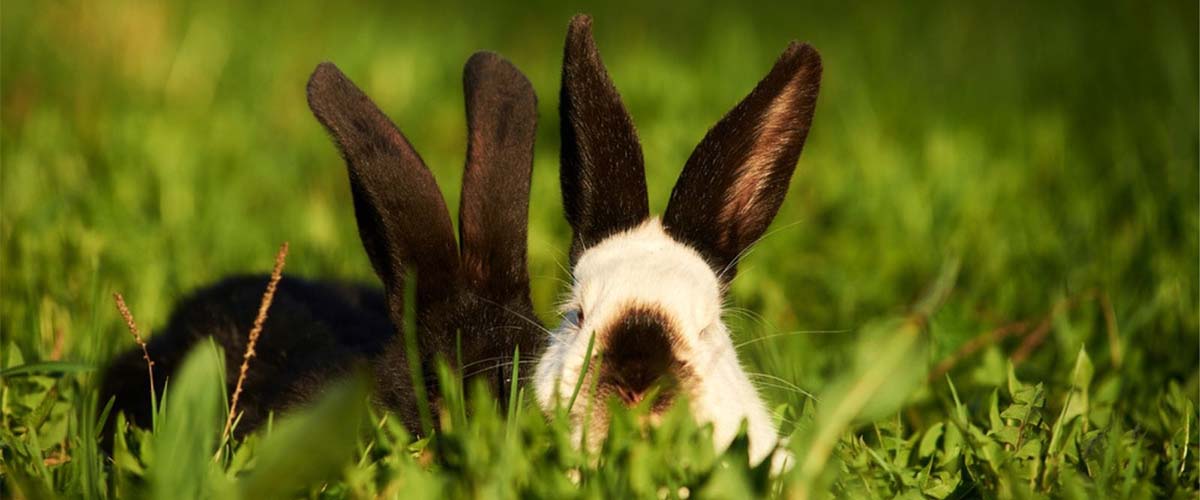Weepy eyes in rabbits
Overview
- Rabbits can develop weepy eyes for many different reasons, and it’s a symptom that is nearly always a sign of a problem (even if the discharge is clear).
- The most common causes of weepy eyes include dental problems, tear duct disease, eye infections injuries, and irritation.
- Book an appointment with your vet if your rabbit has weepy eyes, even if they seem ok in themselves - the sooner the problem is treated the better.
General information and causes of weepy eyes
If your rabbit has weepy eyes, or wet fur surrounding their eyes, this indicates a problem, even if the discharge is clear. Common causes of weepy eyes in rabbits include:
- Dental disease - your rabbit’s teeth sit very close to their eyes and tear ducts, so any problems with them (especially overgrowth) are likely to affect the eyes as well.
- Dacryocystitis (tear duct problems) - the tear ducts are tiny tubes that help drain tears from the eyes (into the nose). If one becomes blocked, inflamed or infected, tears struggle to drain and the eyes will weep.
- Eye infections - often cause a thick, sticky discharge.
- Respiratory infections - airway infections can cause weepy eyes. Rabbit ‘snuffles’ caused by the Pasteurella germ is a common infection.
- Eye injuries and irritation - caused by anything from fighting with another rabbit, or a grass seed in the eye, to living in a dusty environment.
- Eyelid and eyelash problems

This rabbit has a shiny, healthy eye with no weeping.
Published: January 2021
Did you find this page useful?
Tell us more
Please note, our vets and nurses are unable to respond to questions via this form. If you are concerned about your pet’s health, please contact your vet directly.
Thank you for your feedback
Want to hear more about PDSA and get pet care tips from our vet experts?
Sign up to our e-newsletter
Written by vets and vet nurses. This advice is for UK pets only. Illustrations by Samantha Elmhurst.

